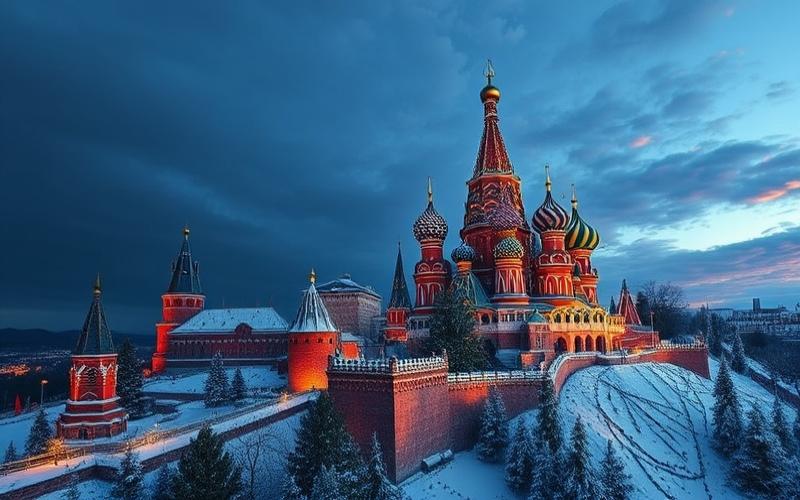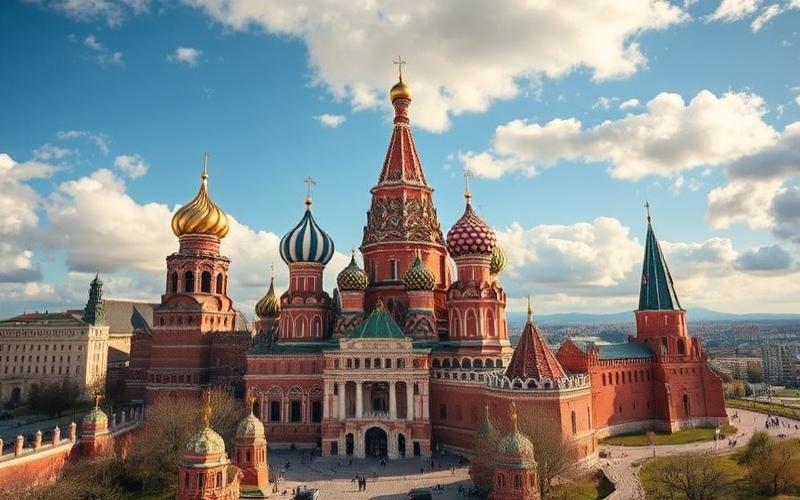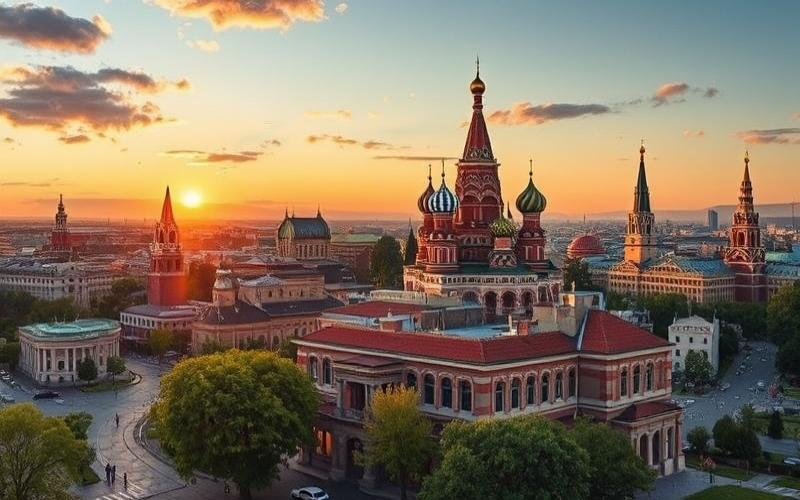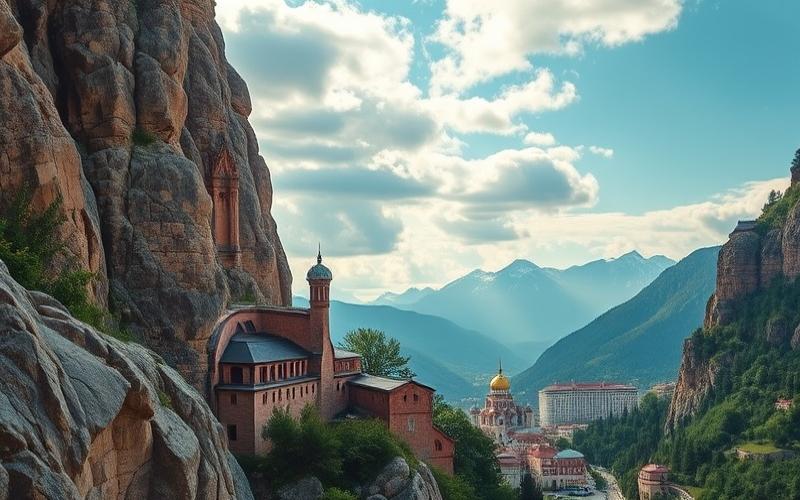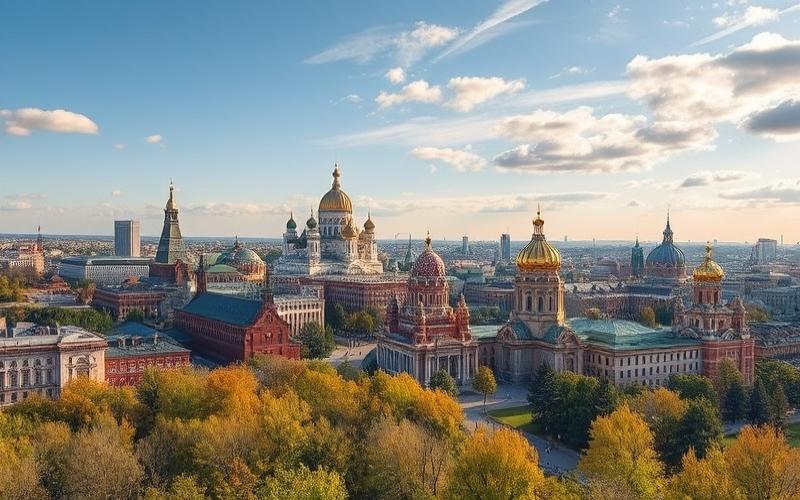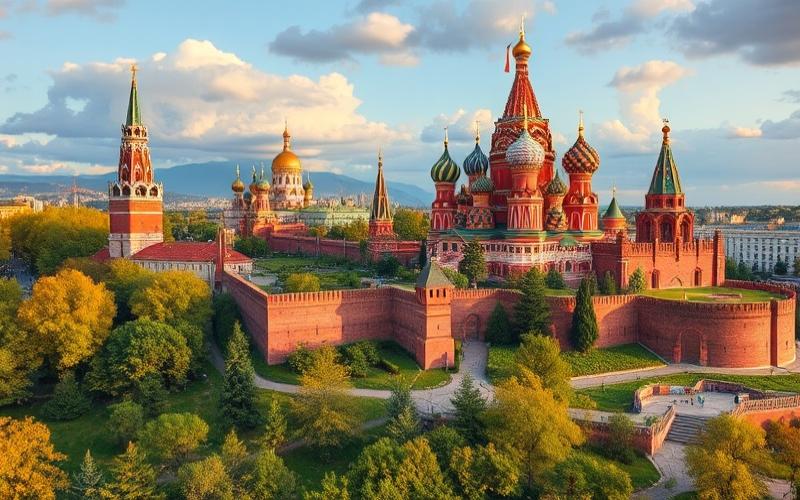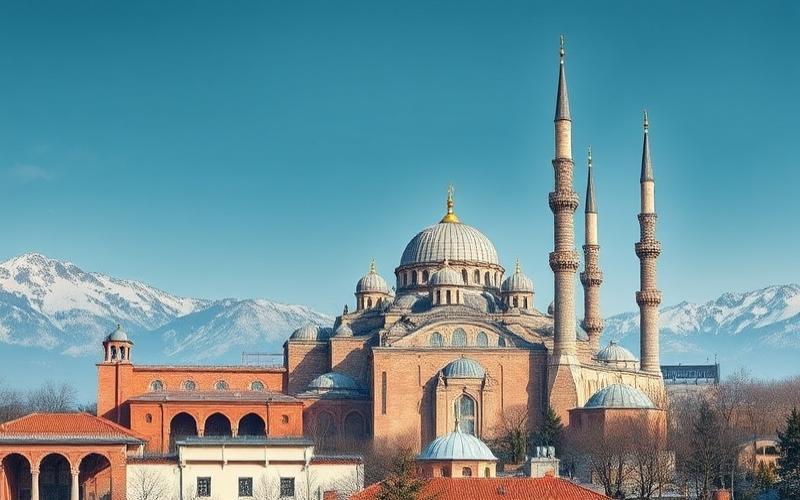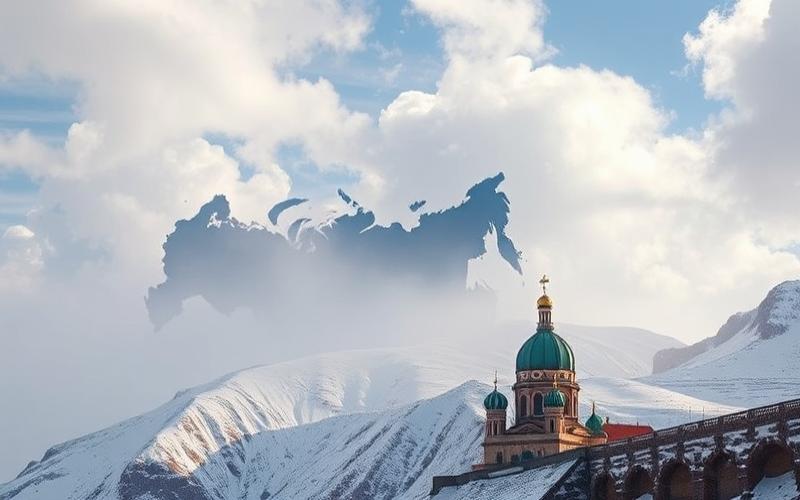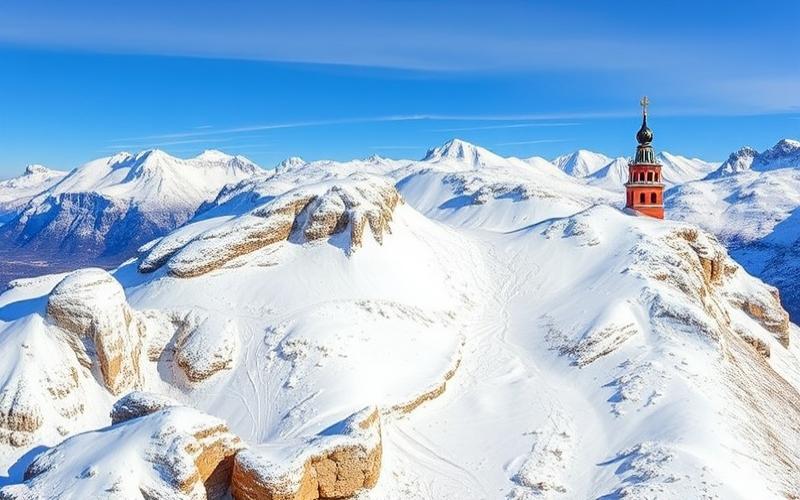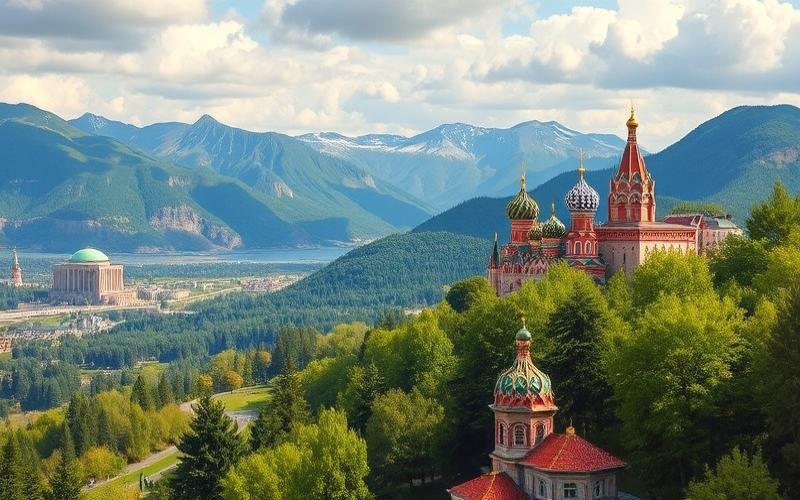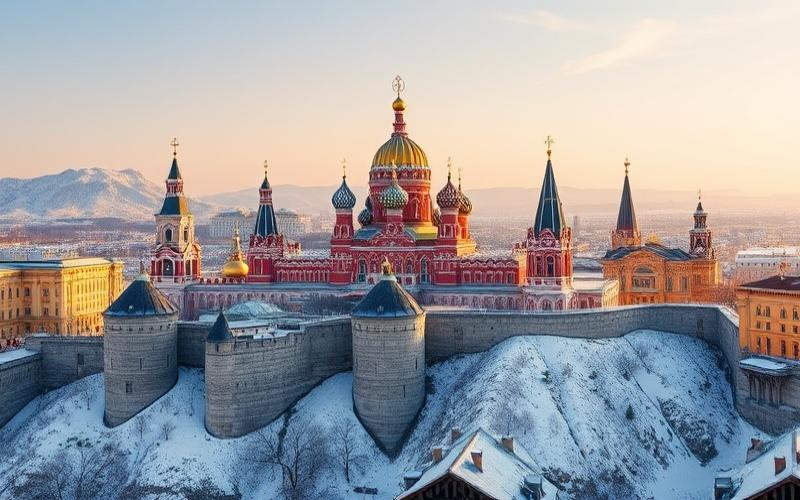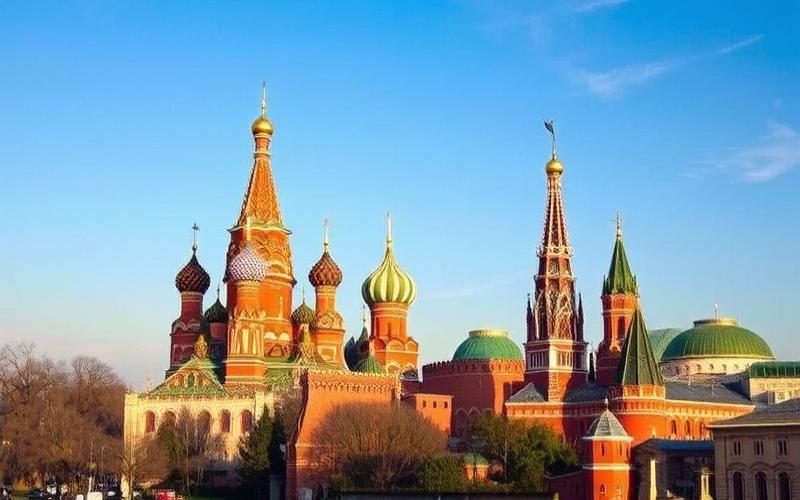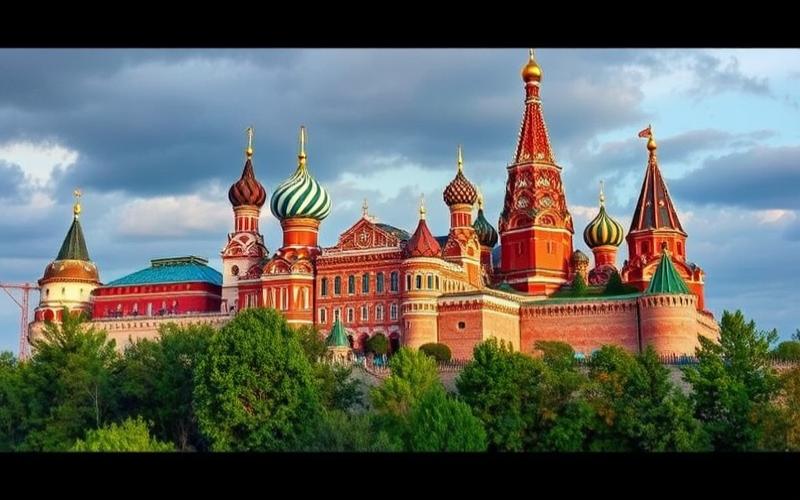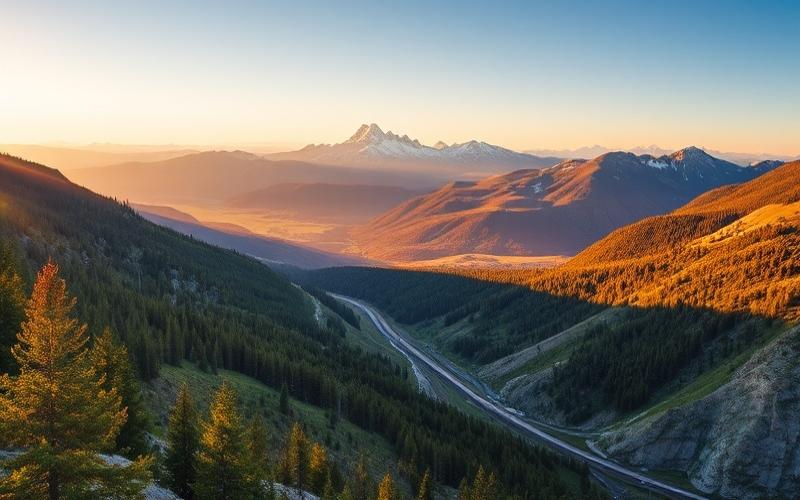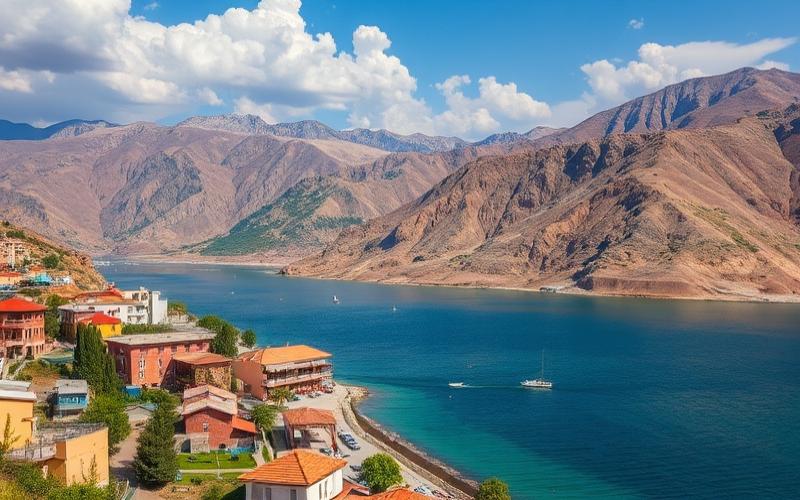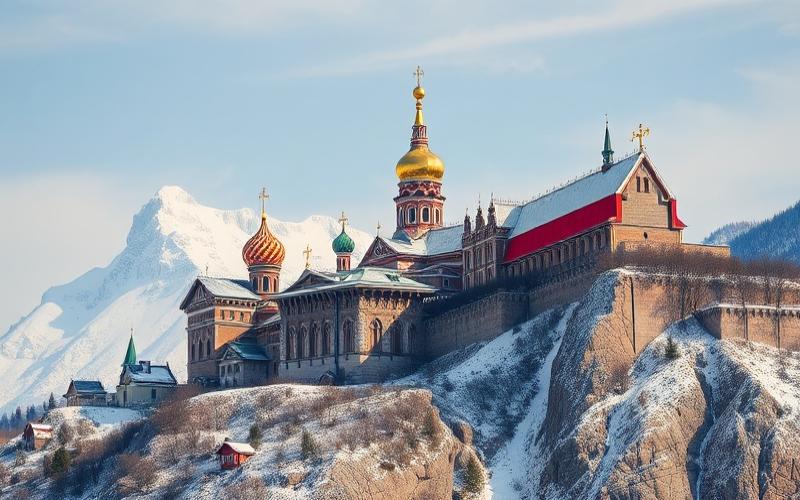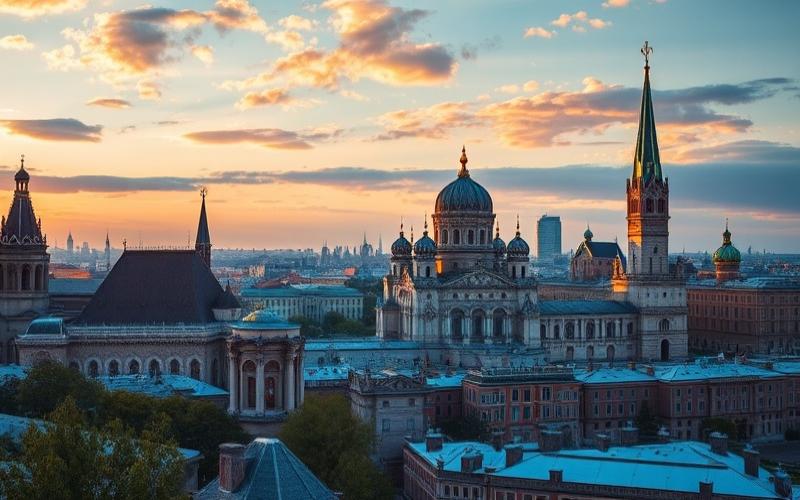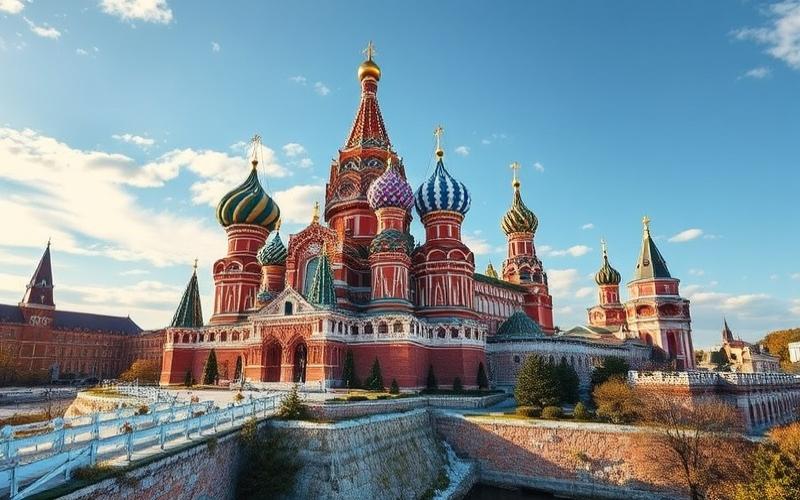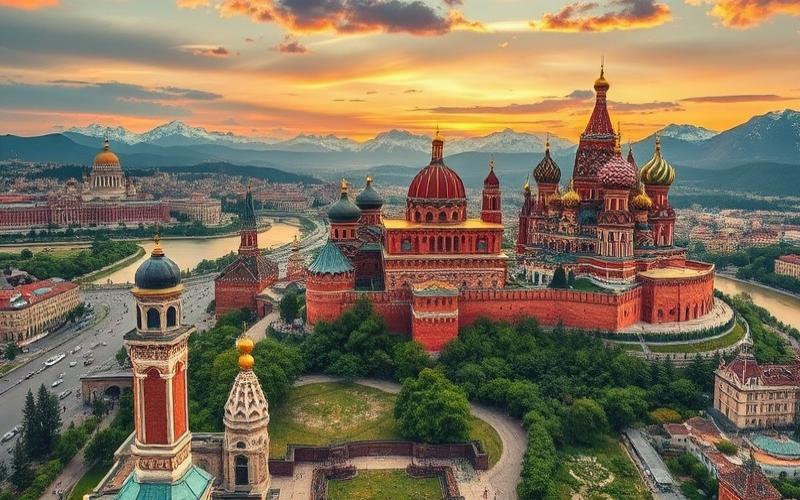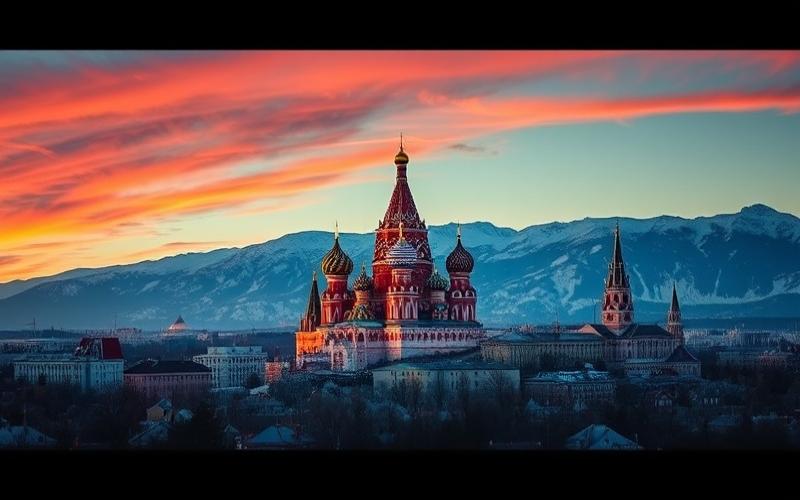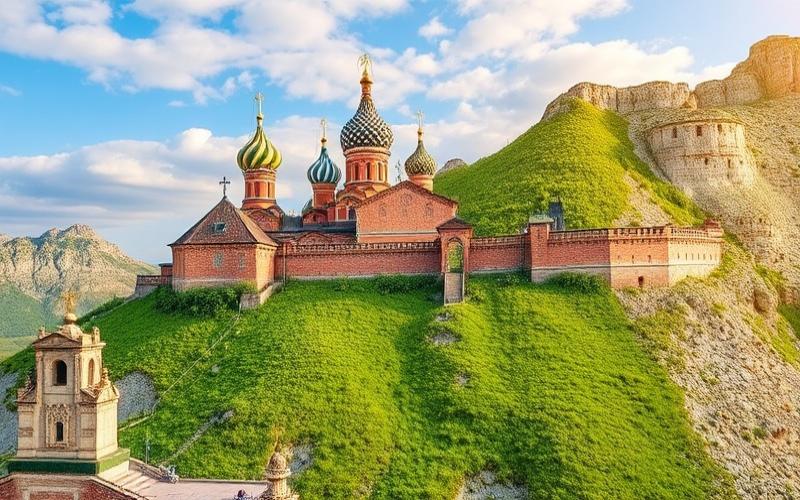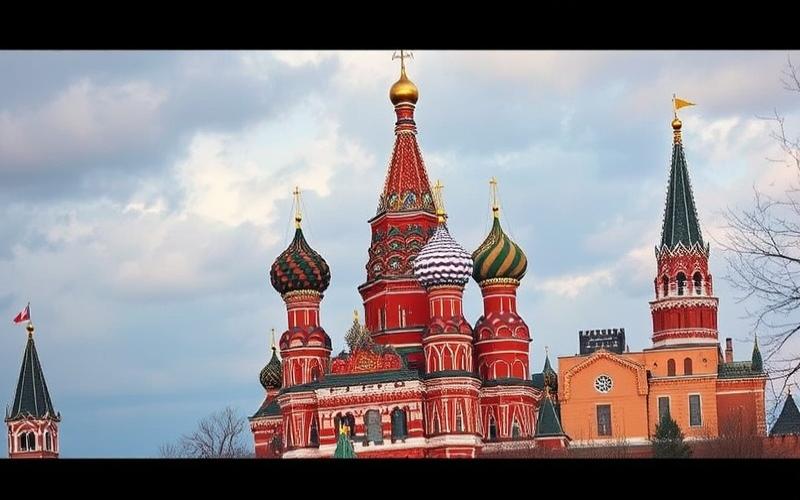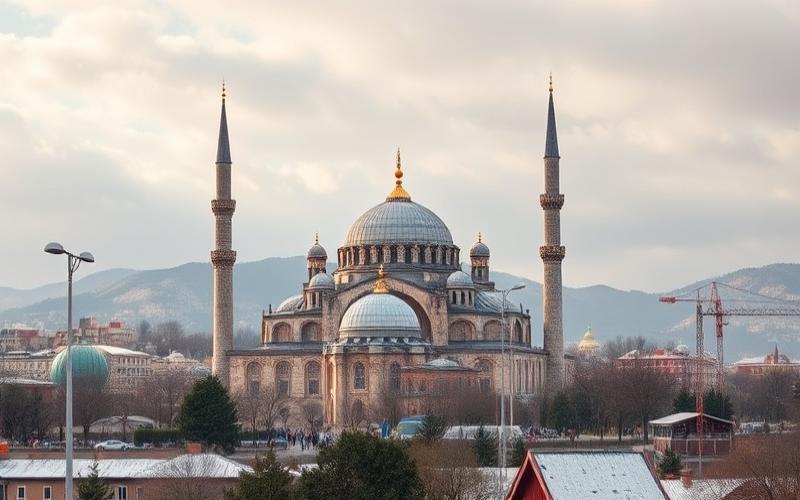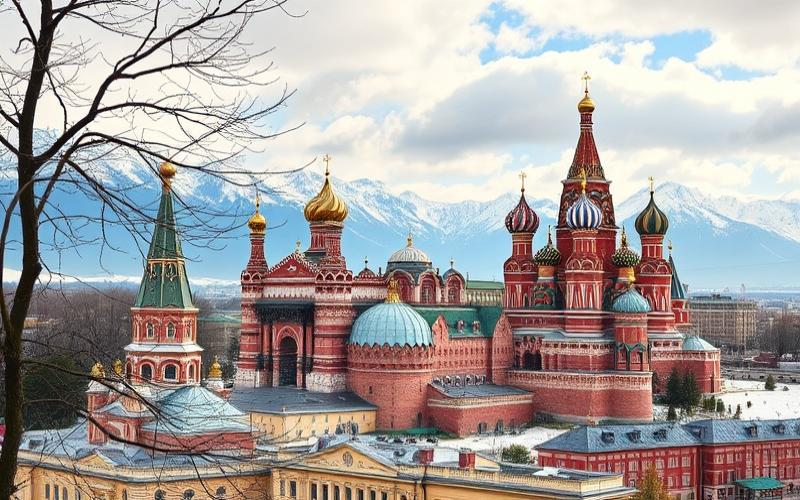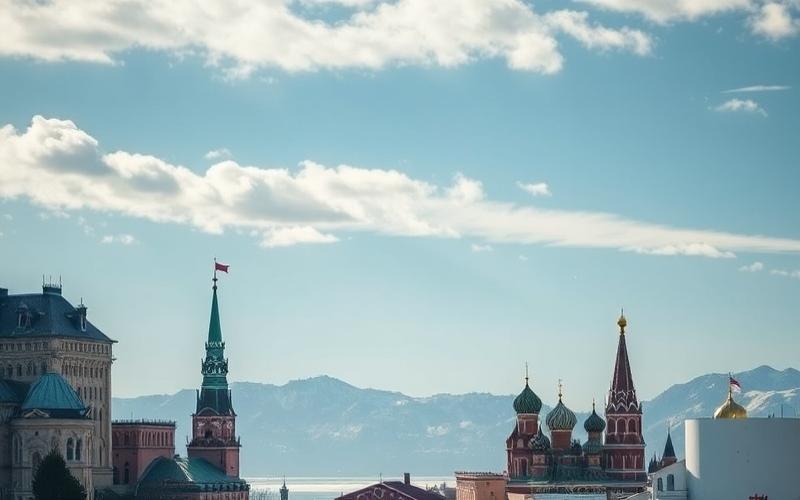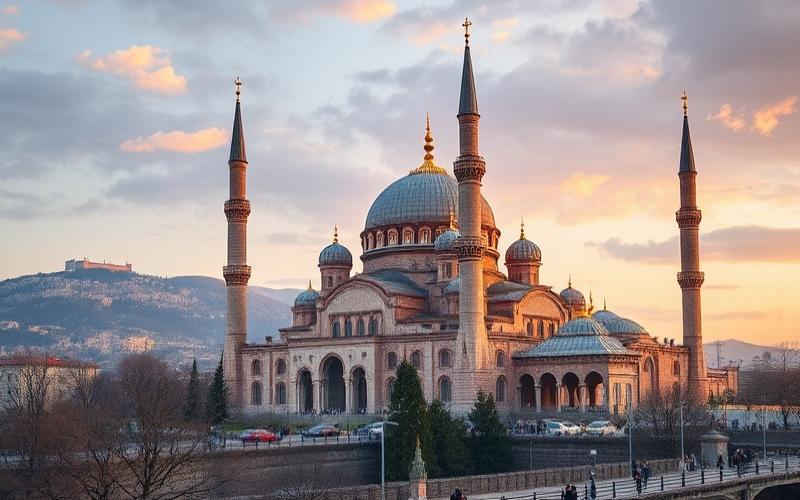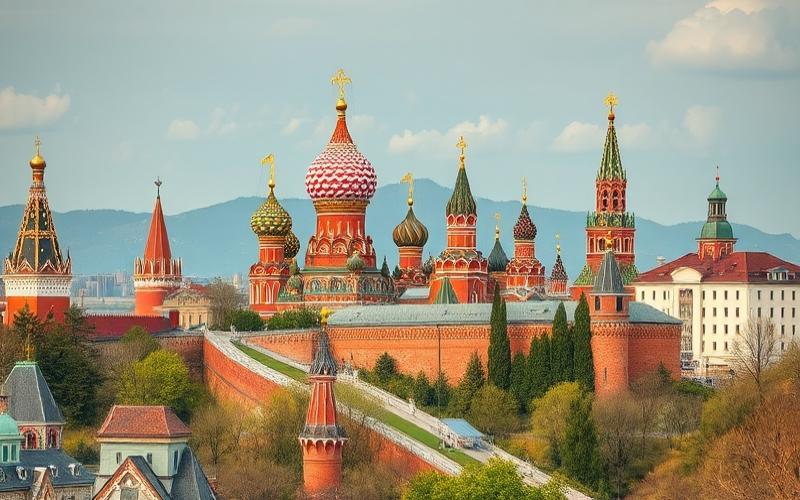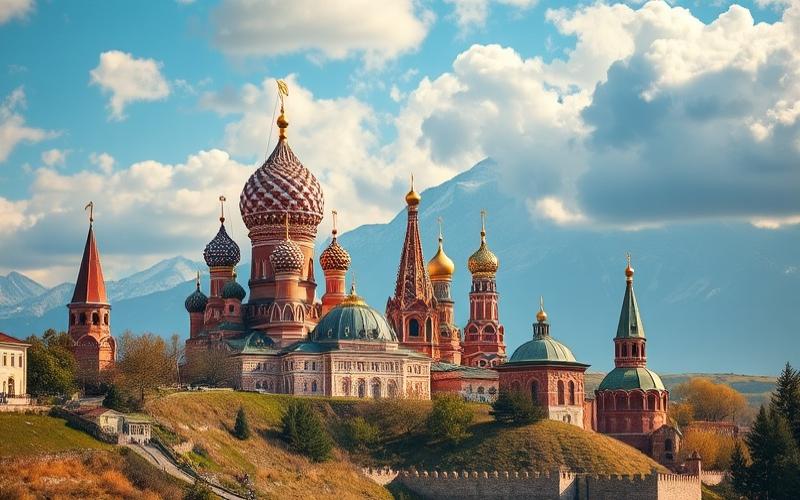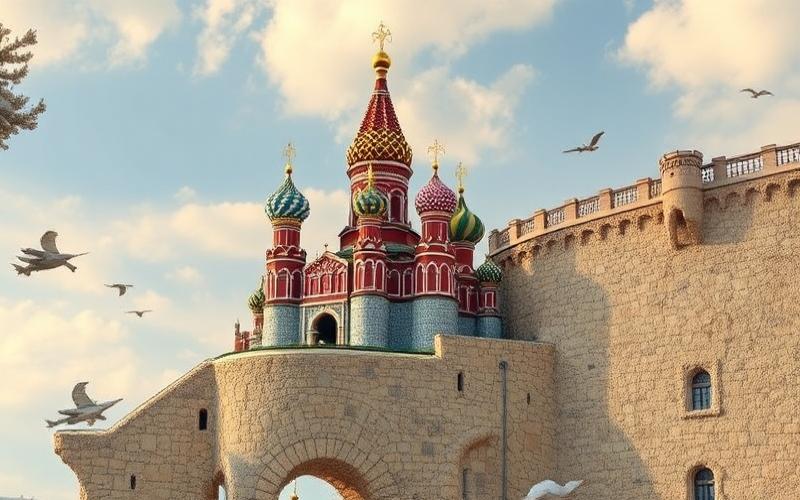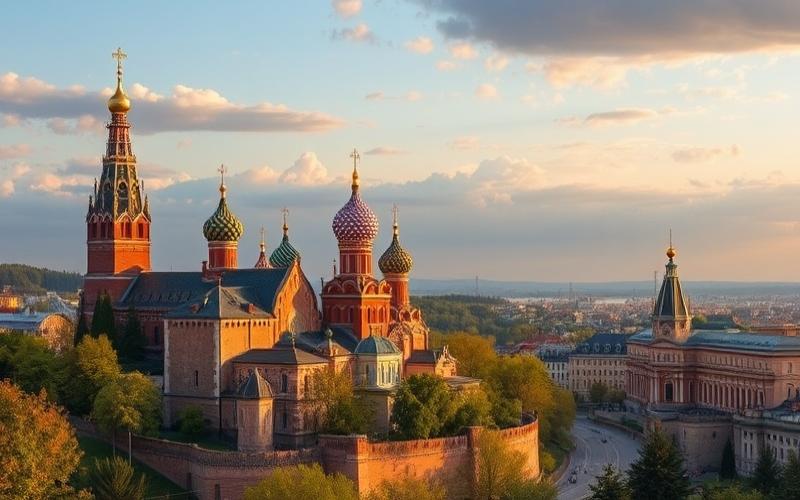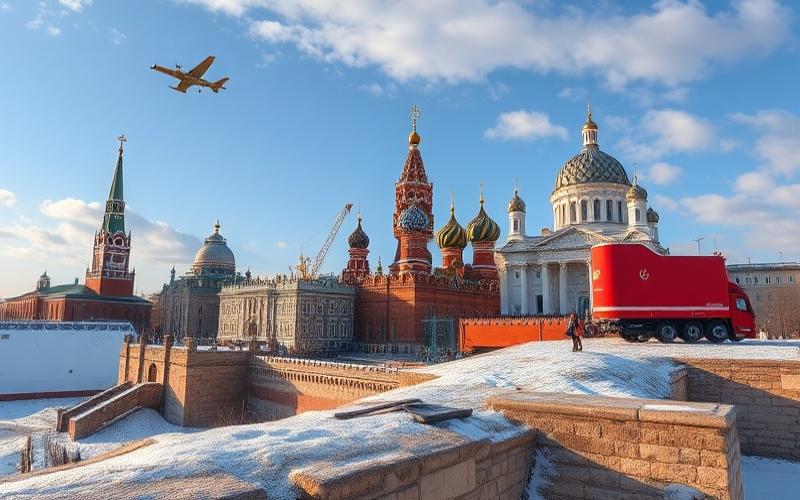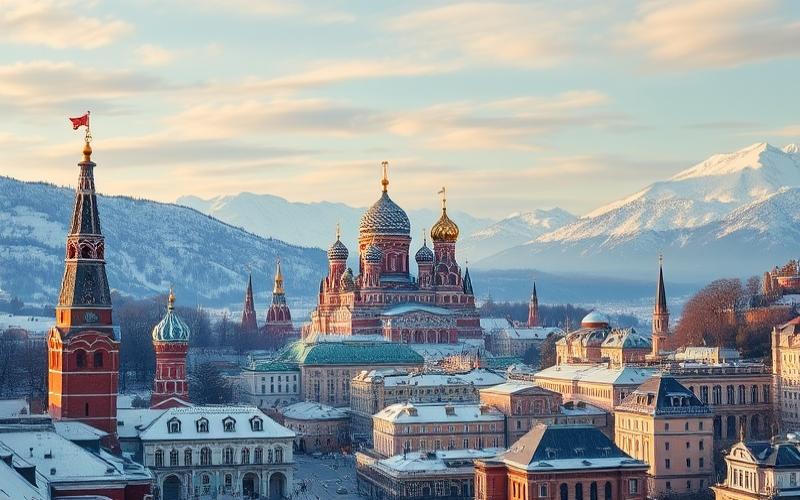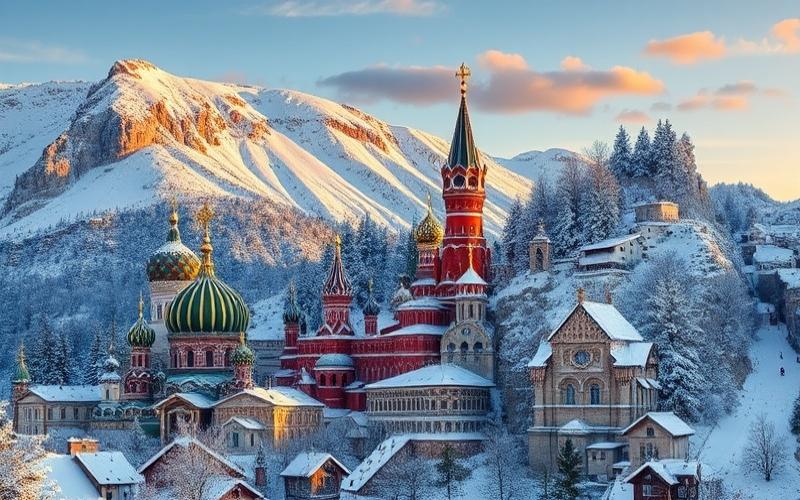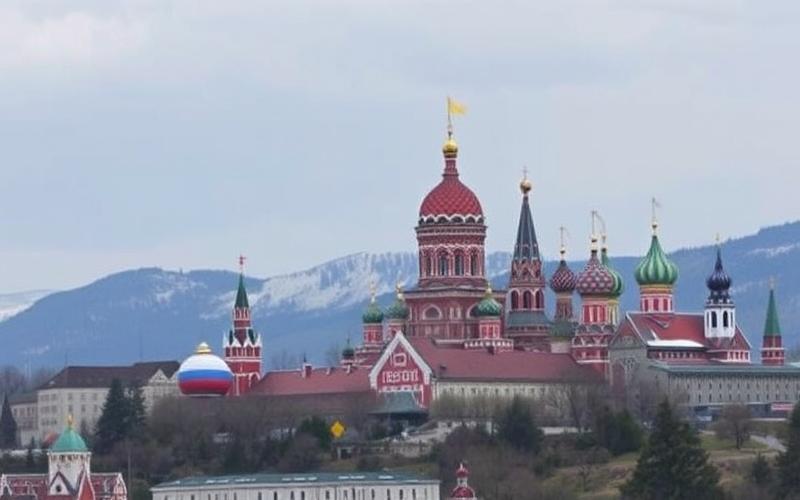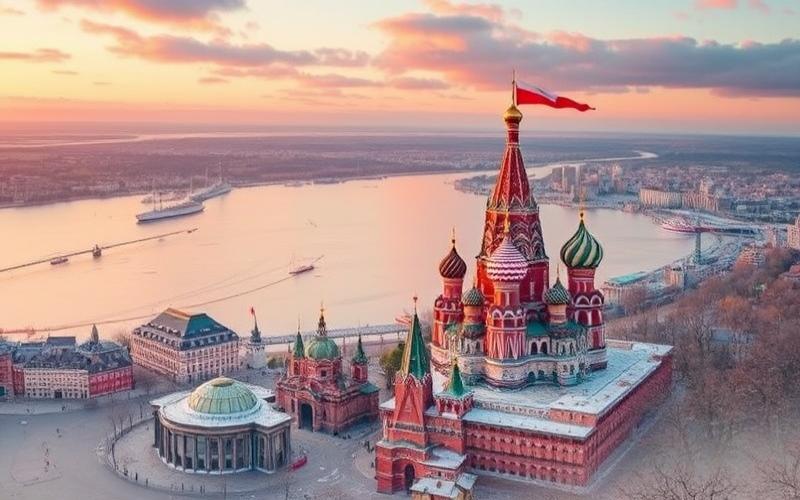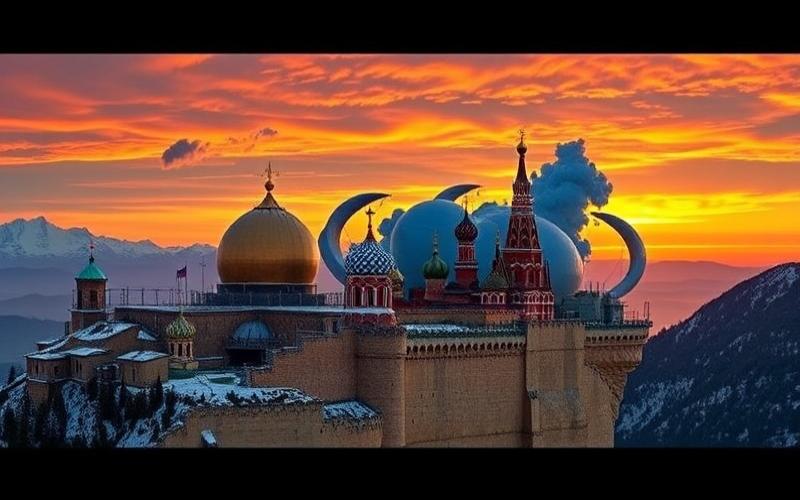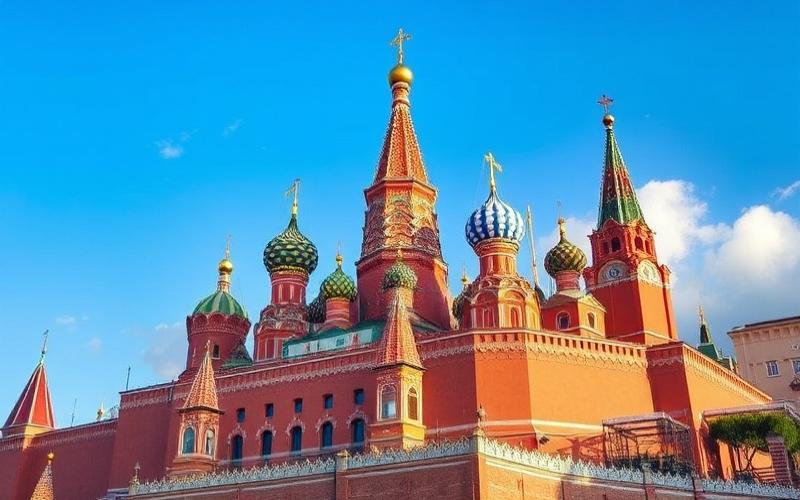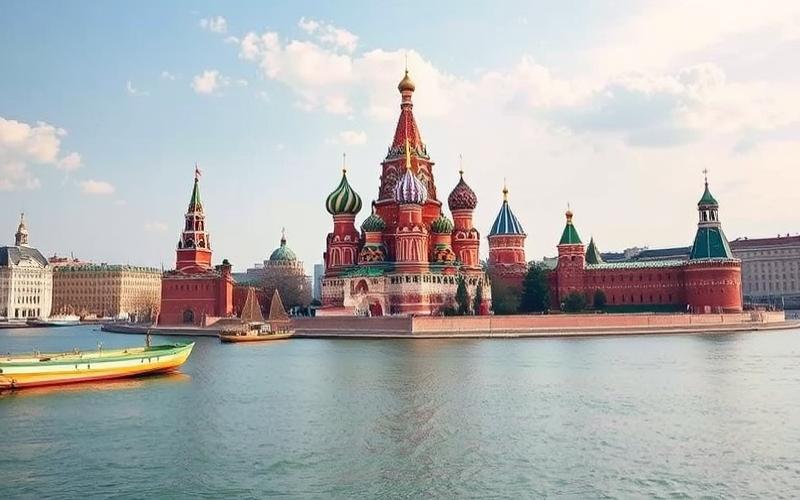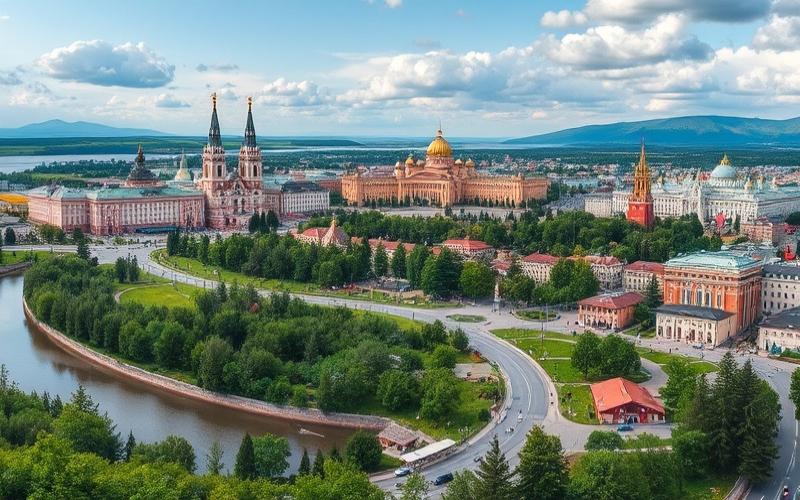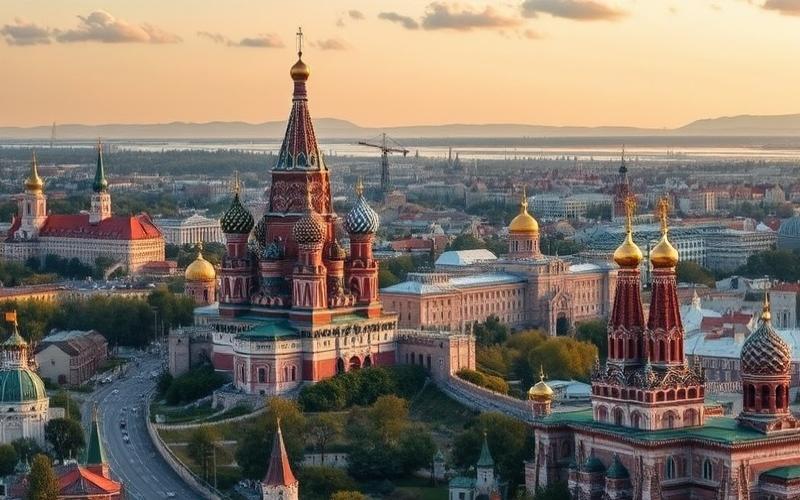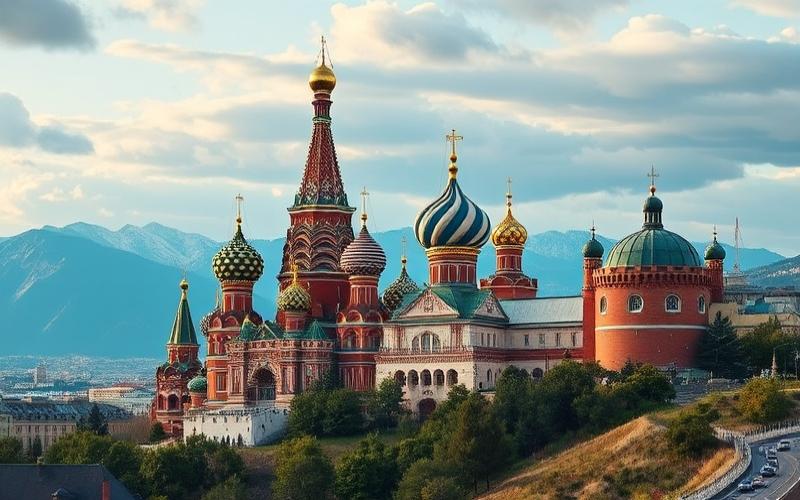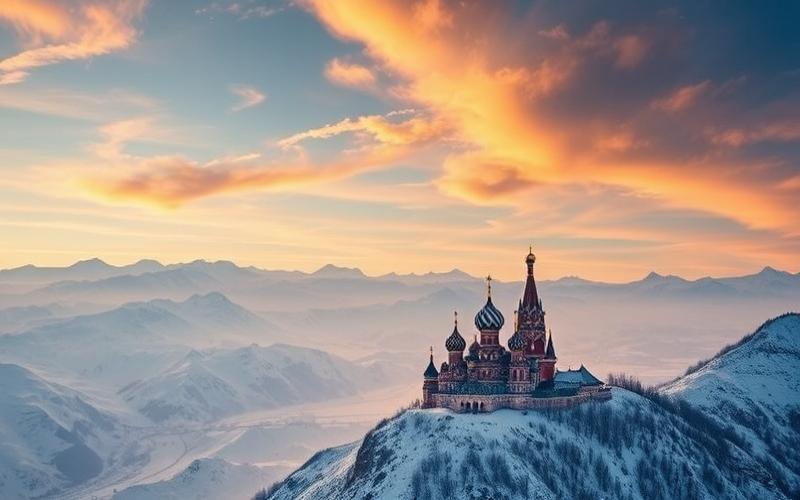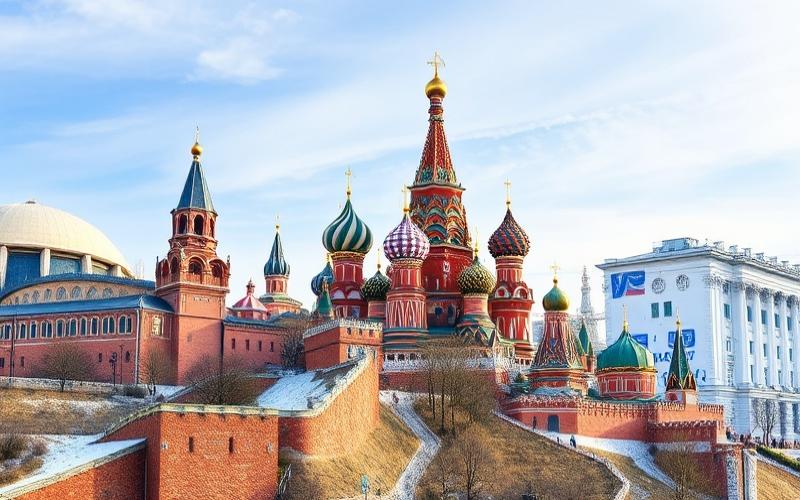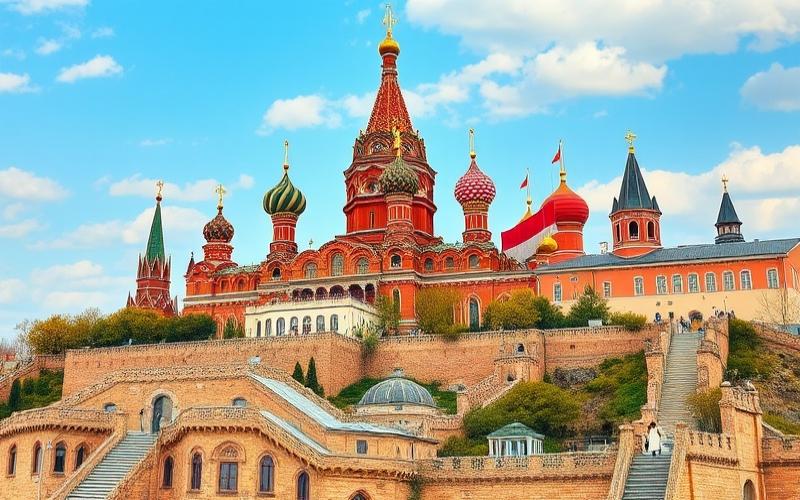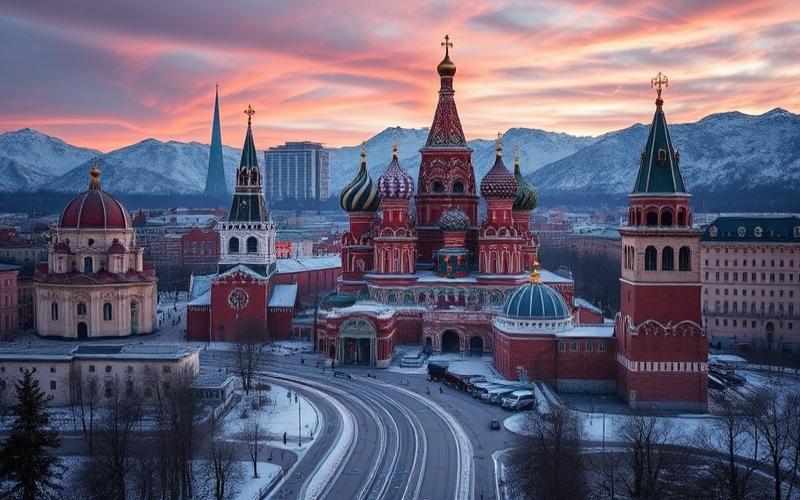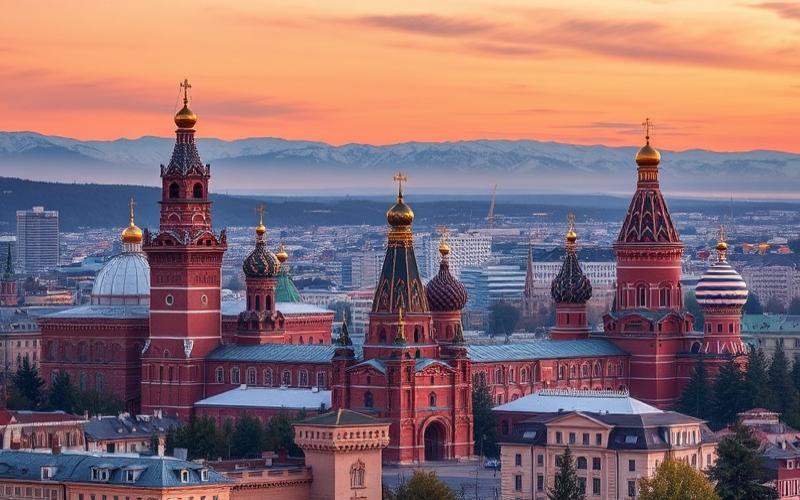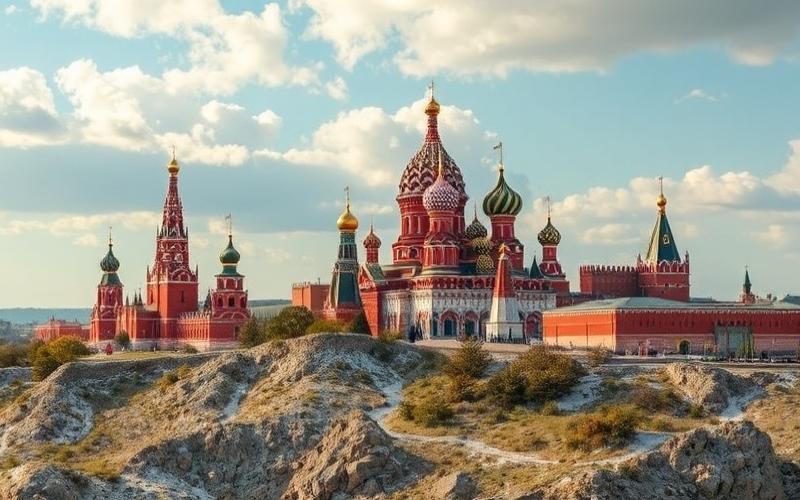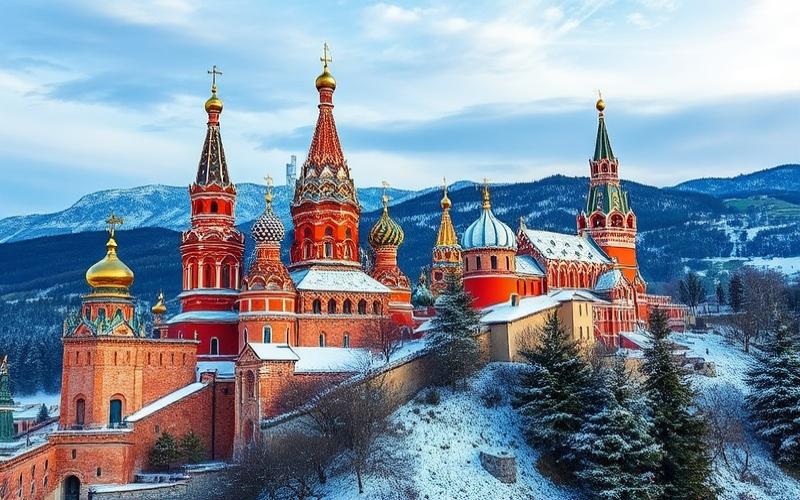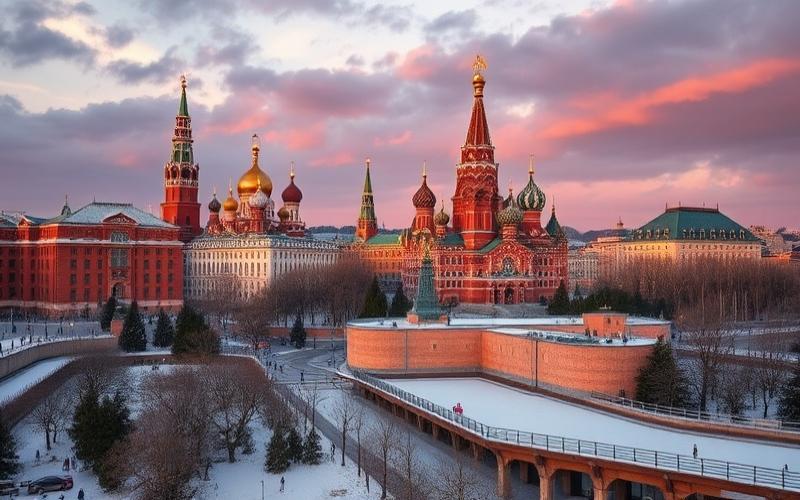
 Published on and written by Cyril Jarnias
Published on and written by Cyril Jarnias
Russia’s cultural richness reveals itself through a kaleidoscope of vibrant festivals and deep-rooted traditions, offering a fascinating window into the soul of this vast country. From the flamboyant Maslenitsa festivities, marking winter’s farewell, to the introspective rituals of Orthodox celebrations, Russia invites you on a sensory exploration where every event tells a unique story.
Immerse yourself in a world where folk dances, songs, and age-old craftsmanship paint a picture that is never static but always evolving—a testament to the depth and continuity of Russian heritage.
Russia’s Iconic Festivals
White Nights Festival in St. Petersburg
The White Nights Festival is one of Russia’s most iconic cultural events, celebrated every summer in St. Petersburg when the sun barely sets for several weeks. This natural phenomenon gives rise to a series of artistic and cultural performances: ballets, operas, classical and modern concerts illuminate the city. Locals and tourists gather on the embankments to watch the bridges open at night, a highlight of the festival.
- Origins: The festival is based on the astronomical phenomenon unique to northern regions.
- Typical Traditions:
- Outdoor performances
- Fireworks
- Free concerts in parks
- Artistic Activities:
- Performances at the Mariinsky Theatre
- Boat parades on the Neva River
| Activity | Location | Special Feature |
|---|---|---|
| Ballet/Opera | Mariinsky Theatre | Great Russian classics |
| Concerts | Parks & Squares | Free or paid |
| Fireworks | Neva River Embankments | White Night |
The festival’s importance lies in its ability to showcase Russian artistic heritage while attracting an international audience. According to some participants, “the magic of the perpetual twilight turns every evening into an unforgettable celebration.”
Maslenitsa
Maslenitsa is an ancient holiday marking the end of winter and heralding the arrival of spring. It has its roots in pagan Slavic traditions where it symbolized solar renewal.
- Origin: Pagan holiday related to sun worship, later integrated into Orthodox customs.
- Typical Traditions:
- Making and eating blinis (pancakes)
- Folk games (sack races, wrestling)
- Folk circle dance (khorovod)
- Burning of an effigy symbolizing winter
- Cultural Activities:
- Craft markets with local products
- Traditional songs performed by professional ensembles
- Costumed performances
“Children laugh around the fire while everyone shares their still-warm blinis—it’s truly a moment of togetherness.”
The event plays a key role in passing down ancient rites; it brings all generations together through collective activities that perpetuate Russian folklore.
Avdotya Festival
The Avdotya Festival is less known internationally but remains dear to the hearts of rural Russian communities. It honors Saint Avdotya (Eudoxia), the traditional protector of the harvest.
- Origin: Religious celebration from the Slavic agricultural calendar.
- Typical Traditions:
- Blessing of fields before sowing
- Communal distribution of new bread
- Village dances accompanied by accordions
The festivities often include:
- Craft workshops for children
- Public presentation of folk works
- Collective preparation of a shared meal
This festival strongly contributes to keeping traditional agricultural practices alive and strengthening local cohesion; it also attracts curious visitors eager to discover these authentic rituals.
Cultural and Touristic Importance
The active preservation of these festivals not only allows Russians themselves to reconnect with their historical identity but also offers foreign tourists direct immersion into the “Russian soul.” Many leave with the vibrant memory of “having been welcomed as temporary members of a large family,” testifying to the unique unifying power of these iconic celebrations.
Good to Know:
The White Nights Festival in St. Petersburg, celebrated from late May to early July, offers concerts and ballet performances under a luminous sky, while Maslenitsa combines tradition and fun with its pancake competitions and bonfires marking the transition from winter to spring.
Essential Local Traditions
Russia’s essential local traditions delve into the heart of national identity and permeate daily life, from major cities to remote countryside.
Iconic Russian Traditions
- Banya (Russian Bath): A true institution, the banya is a traditional sauna where families and friends gather to purify, relax, and strengthen social bonds. The alternation of hot steam and cold baths is often accompanied by birch branches used to gently whip the skin, a gesture believed to invigorate body and spirit. Legend has it that the banya is also a meeting place with household spirits, which should be respected to maintain home harmony.
- Maslenitsa: A colorful festival, Maslenitsa marks the end of winter and the arrival of spring. For a week, Russians prepare and eat round, golden pancakes (blini), symbols of the sun. The festivities include fairs, sleigh rides, and snowball fights. The climax is the burning of a straw effigy representing winter, a ceremony accompanied by songs and dances. A popular anecdote says that the more blinis you eat, the quicker and sunnier spring will be.
- New Year and Christmas: New Year, the quintessential secular holiday, is celebrated lavishly: festive dinners, fireworks, vodka toasts, and watching the presidential address at midnight. Thirteen days later, “Old New Year” extends the celebration. Orthodox Christmas, celebrated on January 7th, retains a more discreet religious character, marked by liturgy and family meals.
Folk Dances and Traditional Songs
Russian folk dances, such as the khorovod (circle dance), kazachok, or troika, vary by region and are accompanied by instruments like the balalaika or accordion. They express joy, collective strength, and regional diversity. Traditional songs, often passed down orally, tell stories of history, love, and nature, and mark life’s major milestones: births, weddings, harvests.
| Region | Typical Folk Dance | Main Instrument |
|---|---|---|
| Siberia | Khorovod | Balalaika |
| Caucasus | Lezginka | Accordion, drum |
| Volga | Barynya | Gusli, domra |
Rituals of Orthodox Religious Holidays
Orthodox holidays like Easter (Paskha) or Christmas are punctuated by ancient rituals: processions, blessing of foods (kulich, painted eggs), fasts, and vigils. The blessing of water at Epiphany, where believers plunge into ice holes, symbolizes purification. These rituals, though religious, are deeply embedded in daily life and followed by many Russians, believers or not.
Anecdotes and Legends
During Maslenitsa, an old legend says that offering blinis to a passerby brings good luck for the entire year.
It is also said that in some regions, the banya is inhabited by the “bannik,” a mischievous spirit who does not tolerate disrespectful visitors.
Transmission and Perpetuation
Russian traditions are taught from childhood, in schools, at family celebrations, or in cultural clubs. Dances and songs are passed down by elders during gatherings, while the young are often involved in holiday preparations, thus perpetuating culinary or craft skills.
Local festivals, like Maslenitsa fairs or New Year celebrations, showcase these traditions through performances, workshops, and contests open to foreign visitors. This openness contributes to the appreciation and sustainability of Russian culture, while sparking tourists’ curiosity and admiration.
Role in Cultural Identity
These traditions, far from being mere folklore, structure the social calendar, strengthen community cohesion, and nurture a sense of belonging. They are considered a source of pride and an identity marker, continually adapted but never forgotten.
Through its essential local traditions, Russia offers a kaleidoscope of rites, flavors, and stories that fascinate both its inhabitants and travelers from around the world.
Good to Know:
The banya, much more than a simple steam bath, is a social and spiritual ritual symbolizing purification, while Maslenitsa celebrates the arrival of spring with pancake feasts and lively dances; each region of Russia cultivates its own folk songs and dances, adding a unique dimension to these festivities. Orthodox holidays, such as New Year and Christmas, are imbued with rituals that blend ancient customs and religious heritage, helping to pass these rich and living traditions to future generations and offering visitors a captivating glimpse into Russian identity.
Authentic Cultural Experiences
Little-Known Festivals Rooted in Russian Culture
- Bashkir Honey Festival in Bashkortostan
This festival, celebrated every summer in the Urals, highlights the famous Bashkir honey. Visitors can taste traditional honey-based dishes like the drink “medovukha,” admire local costumes, and actively participate in creating an artificial hive using ancestral methods. Contests elect the best honey or the most beautiful hive, while ethnic musicians and dancers animate the event. The more daring take part in sports and traditional games. - Regional Folk Dances
Each region has its own styles: khorovod (circle dance), kazachok (fast and energetic), Troika (trio with colorful costumes), or Lezginka (from the Caucasus, often at weddings). These celebrations are punctuated by songs about rural life themes, sometimes accompanied by typical instruments like the balalaika or gusli.
Ceremonies and Traditional Rituals
- Artisanal hive creation during the honey festival.
- Community contests where everyone can try ancient beekeeping techniques.
- Village celebrations around harvests or seasonal rites with orally transmitted folk music.
Authentic Interactions with Locals
Travelers who actively participate in festivals discover warm hospitality:
- They are invited to share communal meals
- Learn a few local dance steps
- Exchange knowledge about artisanal skills
Direct participation fosters total immersion; it is not uncommon for some visitors to be welcomed into local homes to extend the experience.
| Event | Activities Offered | What You Learn | Possible Integration |
|---|---|---|---|
| Bashkir Honey Festival | Traditional hive creation | Ancestral beekeeping & local gastronomy | Participation in contests |
| Caucasian Wedding | Lezginka dance | Regional symbolism & gestures | Dance initiation |
| Village Festival | Folk songs, shared meals | Oral history & typical instruments | Meal with a local family |
Anecdotes and Testimonials
“At the honey festival in Bashkortostan, I not only learned how to harvest nectar using a century-old method but also built connections with a local beekeeper who invited me to his home to taste his family’s production. The festive atmosphere allowed me to try several traditional games that everyone participated in, with no distinction between tourists and locals.”
“Spontaneously invited on stage during a rural festival in a small Siberian village, I was able to join a group to perform a folk song accompanied by a balalaika—a magical moment where I felt integrated into the very heart of their culture!”
Practical Tips for Experiencing These
- Prefer small villages or less touristy regions: Urals/Bashkortostan/Caucasus.
- Check with local offices for exact dates—some festivals are only known regionally.
- Learning a few basic Russian words greatly facilitates integration during informal exchanges.
- Fully participate in offered workshops: artisanal making, musical or culinary initiation…
- Accept spontaneous impromptu invitations—they often become the unforgettable memories of the trip.
⭐ Daring to go off the beaten path is essential to access this authentic Russia where every daily gesture becomes a shared ritual.
Good to Know:
Participate in the Maslenitsa festival in a Russian village to discover the Slavic Carnival or attend a Banya purification ceremony in Karelia; encounters with locals often offer unparalleled immersion and the opportunity to learn ancestral customs. To integrate, learn a few Russian words and show genuine interest, which is always well-received by warm hosts.
Disclaimer: The information provided on this website is for informational purposes only and does not constitute financial, legal, or professional advice. We encourage you to consult qualified experts before making any investment, real estate, or expatriation decisions. Although we strive to maintain up-to-date and accurate information, we do not guarantee the completeness, accuracy, or timeliness of the proposed content. As investment and expatriation involve risks, we disclaim any liability for potential losses or damages arising from the use of this site. Your use of this site confirms your acceptance of these terms and your understanding of the associated risks.


